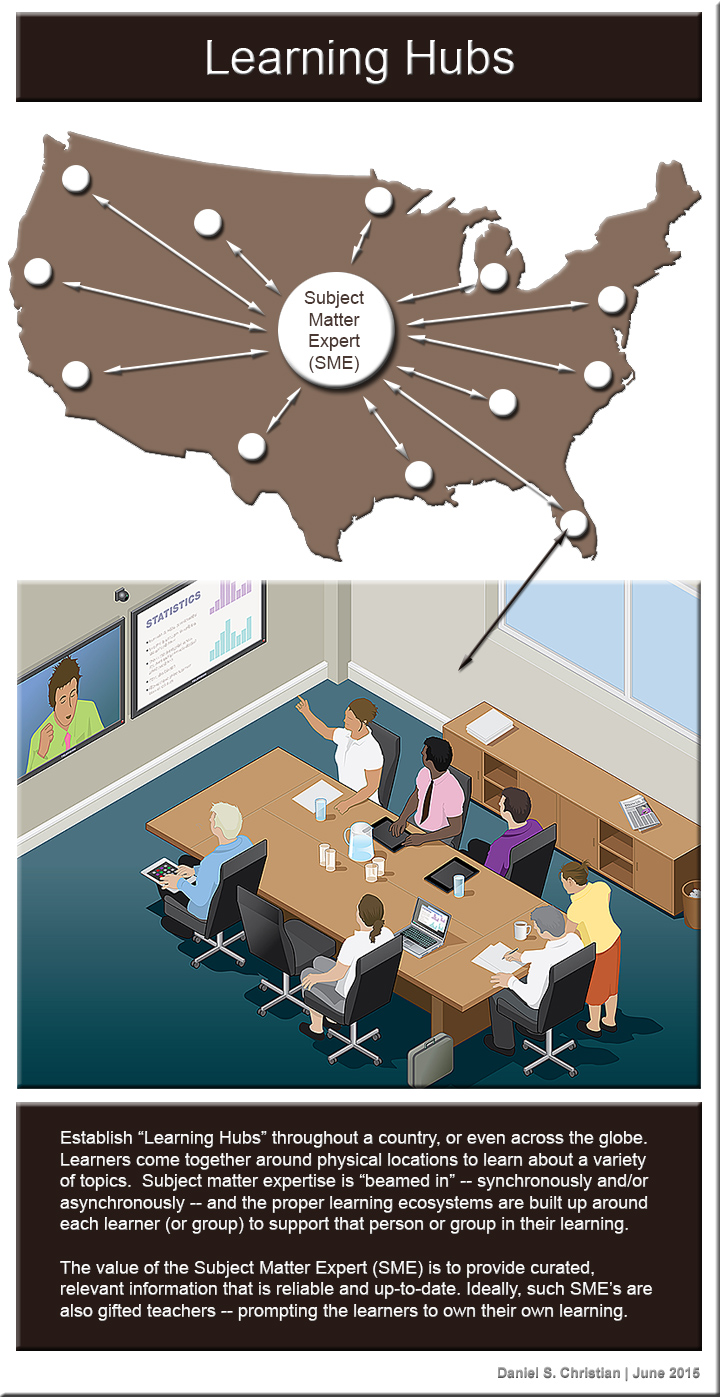Institutions say this is the new priority in higher education — from ecampusnews.com by Ron Bethke; with a shout out to eduwire.com for their comments/posting on this
Survey reveals institutions, like UC Irvine, are putting greater effort into tracking graduates’ success and helping them continue learning through short-term programs.
Excerpt:
The days of warmly wishing graduates farewell and good luck after four years is not a sustaining strategy for colleges and universities, says a new report. Instead, offering online programs to keep graduates coming back to the institution for continuing career education is quickly becoming higher-ed’s newest must-offer.
…
Simply better understanding how graduates are doing isn’t the only way institutions are showing their commitment to lifelong career success. Though only 4 percent of respondents currently offer short-term alternative credentials such as digital badges and short-term certificates for graduates changing careers or looking to learn new skills, 50 percent of responding senior executives plan to add these customizable certificates to their portfolio in the next five years, with another 30 percent planning to offer digital badges in the same time frame.
“Universities and colleges want better ways to connect with alumni for years to come,” said EAB Practice Manager Carla Hickman. “This means offering not just surveys, but also new, intensive learning opportunities that support lifelong achievement and success of students.”
UC Irvine, for example, is currently working on setting up special communities for alumni taking various MOOCs on Coursera, in order to bring more graduates back to learn in more meaningful ways.
…
“[Millennials] are seeking short-format courses and credentials for ‘just-in-time’ and ‘just enough’ education.
From DSC:
Given the pace and far-reaching impact of today’s changes, lifelong learning is now a requirement. Learning new things, staying on top of trends, peering out into the future to see what’s coming down the pike — these are important actions that we all need to take to remain marketable. If we see robots, algorithms, and automation coming into the neighborhood of our particular jobs, then we had better be looking and preparing for something else. At that point, we’ll need to pivot…to adapt…to change.
Speaking of change, the article above reminds me of a potentially more utilized “distribution channel” — or model, if you will — that universities, colleges, and businesses could be moving towards in the future. And that is, that organizations could be moving towards providing streams of relevant, curated, dependable content to learning hubs around the globe. Hubs that feature blended learning where some of the content is beamed in from Subject Matter Experts (such as professors, teachers, trainers, and others) and some of the content is dealt with in a face-to-face manner. The beamed in content could be done synchronously and/or asynchronously. And as people often like to learn with others around a physical location, I could see this type of model taking off.
It would feature smaller, bite-sized chunks of content and investigations into a topic. But the model would have to allow for such a learning provider to be nimble and responsive — always up-to-date. That way they could provide such “just-in-time” and “just enough” learning.
Other words that come to my mind here — both as individuals and as institutions — are the following:
- Reinvent
- Staying relevant
- Surviving
- Being responsive










